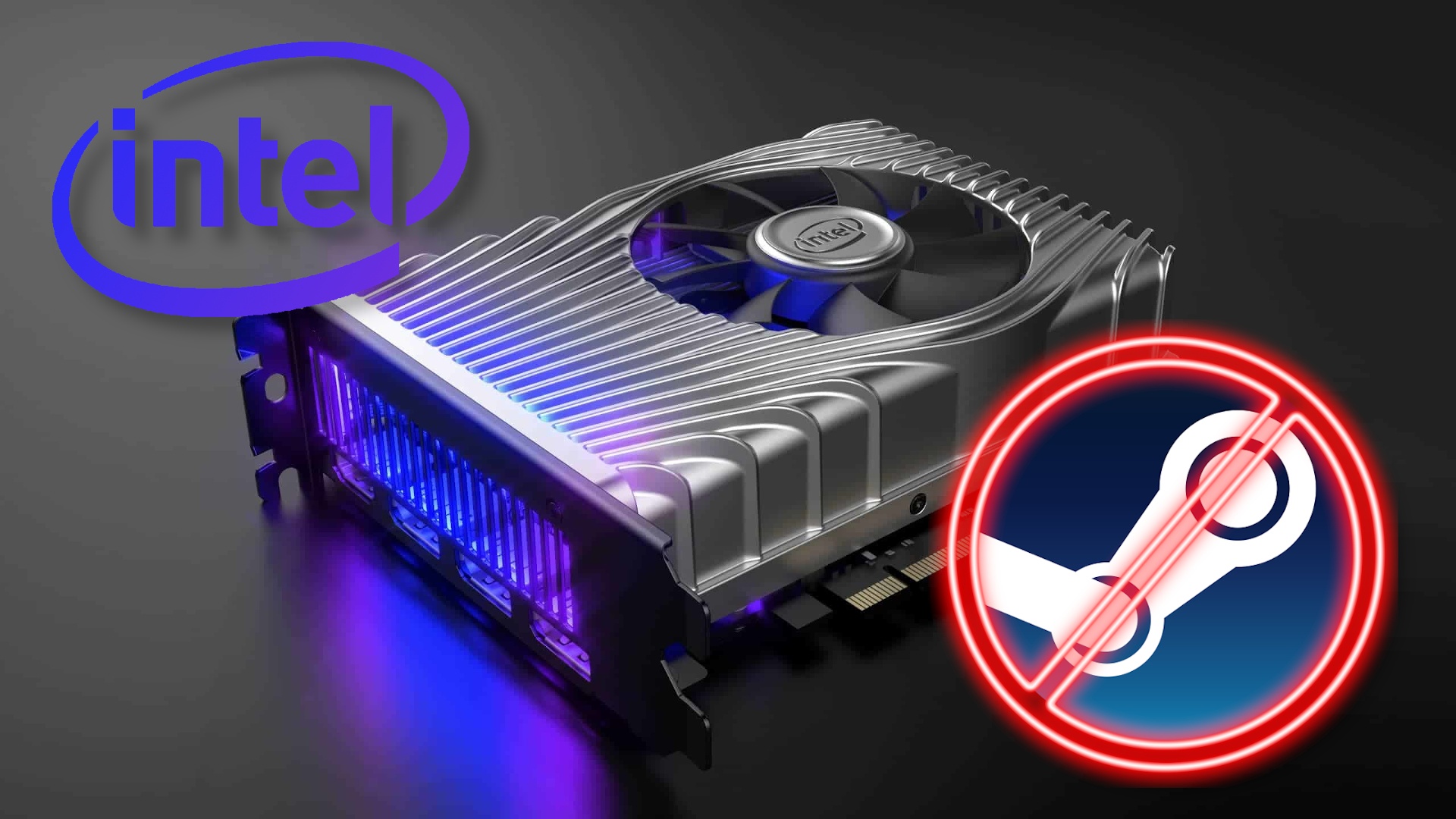Update, 02.02.2021: Intel’s freshly presented Iris-Xe graphics card for desktop PCs is shown in a first Test at Igorslab. It is a leaked Software Development Vehicle (SDV). This is hardware that is made available to developers so that they can gain experience in programming software.
Judging by the pictures of the tested hardware, we already know it from the first presentation at CES 2020. However, Intel seems to have a lot of catching up to do with the basic software in the form of the graphics driver about a year later.
Igorslab’s plan to run benchmarks on the performance in 3DMark or even games failed due to a lack of driver support and repeated crashes and error messages. In addition, the video connections of the graphics card itself could hardly be used.
It is to be hoped that the situation for the newly announced desktop PCs with Iris-Xe graphics cards (see the original message below) will be different for retailers. However, since software developers should be the first to get decent drivers, the Igorslab test does not necessarily give much hope in this regard.
Original notification, 01/27/2021: First things first: No, Intel’s new “Iris Xe” desktop graphics cards are not an alternative if you have tried unsuccessfully to get one of the current models from AMD (RX 6000) or Nvidia (RTX 3000) at a fair price. However, they show one thing: Intel seems to be serious when it comes to getting involved in the market for dedicated GPUs in the future.
Why is? Intel hat officially announcedthat the first desktop graphics card based on its own Xe architecture was published in cooperation with partners such as Asus. It is an offshoot of the Iris Xe Max graphics unit, which was released for notebooks at the end of 2020.
While we have only known dedicated graphics cards from AMD (or ATI, which AMD bought 15 years ago) and from Nvidia for a long time, a new competitor is entering this market. You can find out how the high-end duel between AMD and Nvidia currently ends in this video:
12:40
AMD versus Nvidia – That’s how strong the Radeon RX 6800 XT is compared to the RTX 3080
How fast is the Intel Iris Xe? Intel’s new desktop GPU is miles away from performance regions like those shown in the video. Exact values can only provide suitable benchmarks due to known technical data such as 80 arithmetic units (paired with 4.0 GB of VRAM) and the close relationship to the Xe-Max chip, however, a performance slightly above the Geforce GT 1030 from Nvidia can be assumed.
The GT 1030 is an entry-level desktop graphics card from 2017 with Pascal architecture (GTX 1000). The Iris Xe is therefore ideally suited for players who play very undemanding titles such as League of Legends and only have a small budget.
Iris Xe is just the first step
The other end of the performance flagpole with Intel Xe was recently shown by Raja Koduri in the form of a tweet. The former AMD employee responsible for the development of the Intel GPUs shared a photo of the Xe-HP chip, the sea Wccftech up to 2,048 arithmetic units should offer.
Link to Twitter content
However, there is much more to a fast gamer graphics card than just a large number of computing units. Above all, these are stable drivers and a reliable implementation of the theoretical performance in correspondingly high FPS numbers in current titles.
The release of Iris Xe does not change anything for players for the time being, especially since the card is not sold separately and will only work in complete PCs with specially adapted BIOS versions. But it still represents an important step.
On the one hand, because the dedicated Intel graphics cards are now available to a broad audience for the first time. On the other hand, because it allows Intel to gain important experience in this area.
What other new hardware we expect from AMD, Intel and Nvidia this year can be found in the following two plus articles:
more on the subject
Intel wants to outdo the AMD Ryzen 5900 with new CPUs
more on the subject
Nvidia’s Lovelace graphics cards are said to double the performance
When is real competition coming for AMD and Nvidia?
It is currently difficult to make reliable statements about when Intel will offer desktop graphics cards in higher performance regions. In view of the pace that Intel has set in this area so far, we do not expect it to be that far in 2021.
If you consider how poorly player hardware is currently available, you can regret that, especially since Intel does not rely on currently heavily used manufacturing bottlenecks such as TSMC due to its own production factories.
On the other hand, Intel has a big construction site with the processors, also because of the very strong Ryzen competition, which should also use up a lot of resources.
How do you assess the situation? Can Intel become a serious competitor for AMD and Nvidia in the higher performance regions in the medium or long term? Feel free to write it in the comments!











